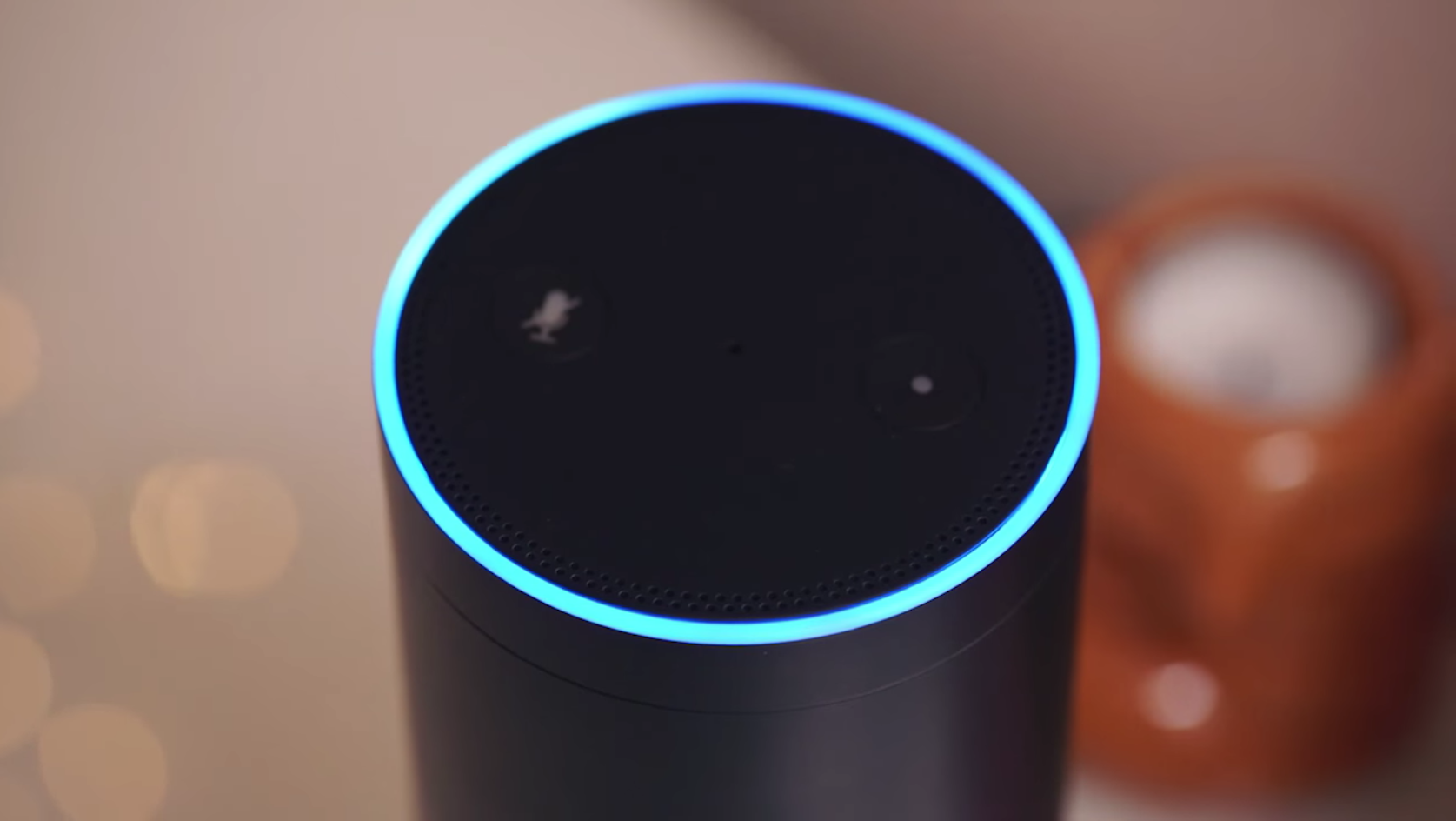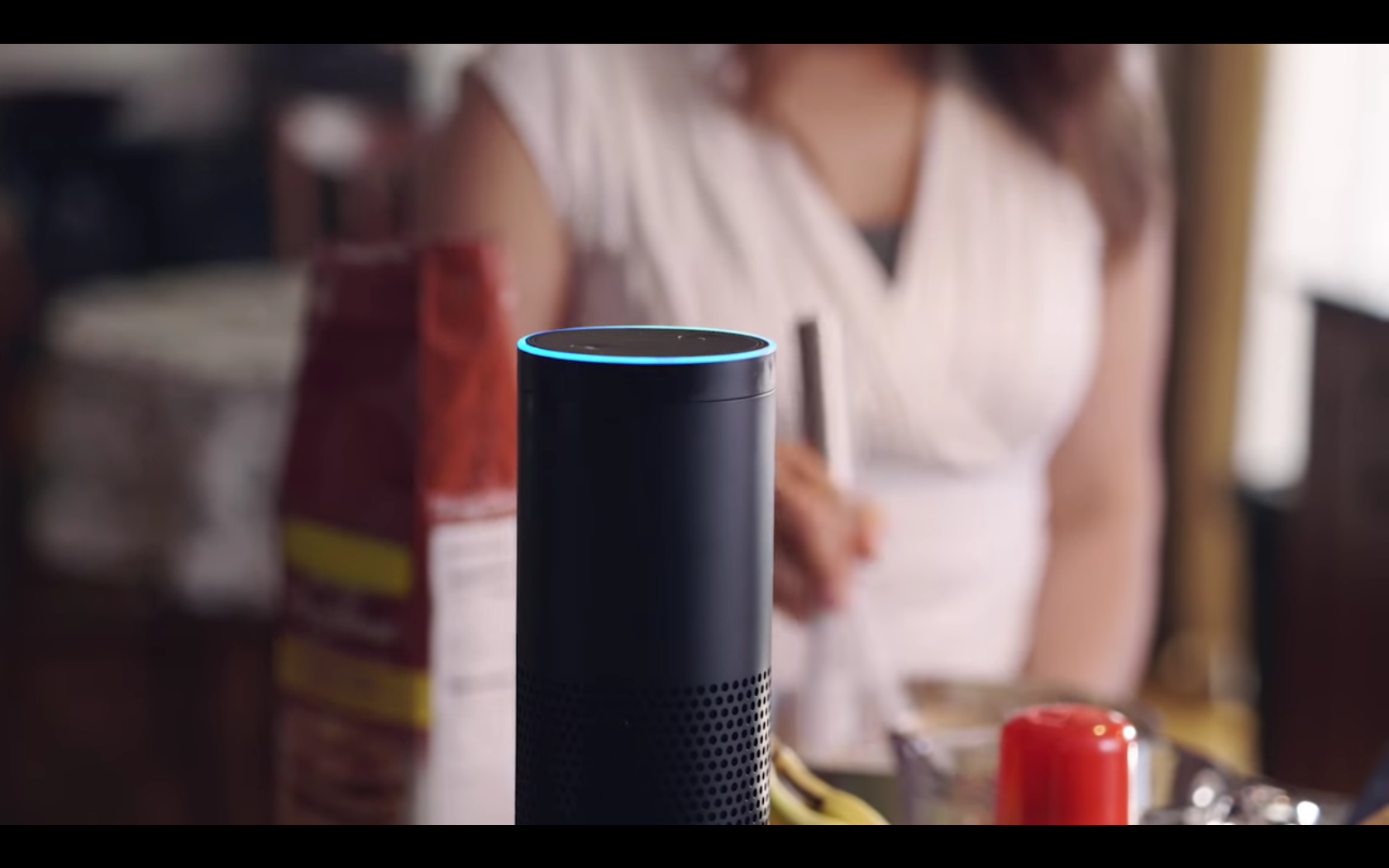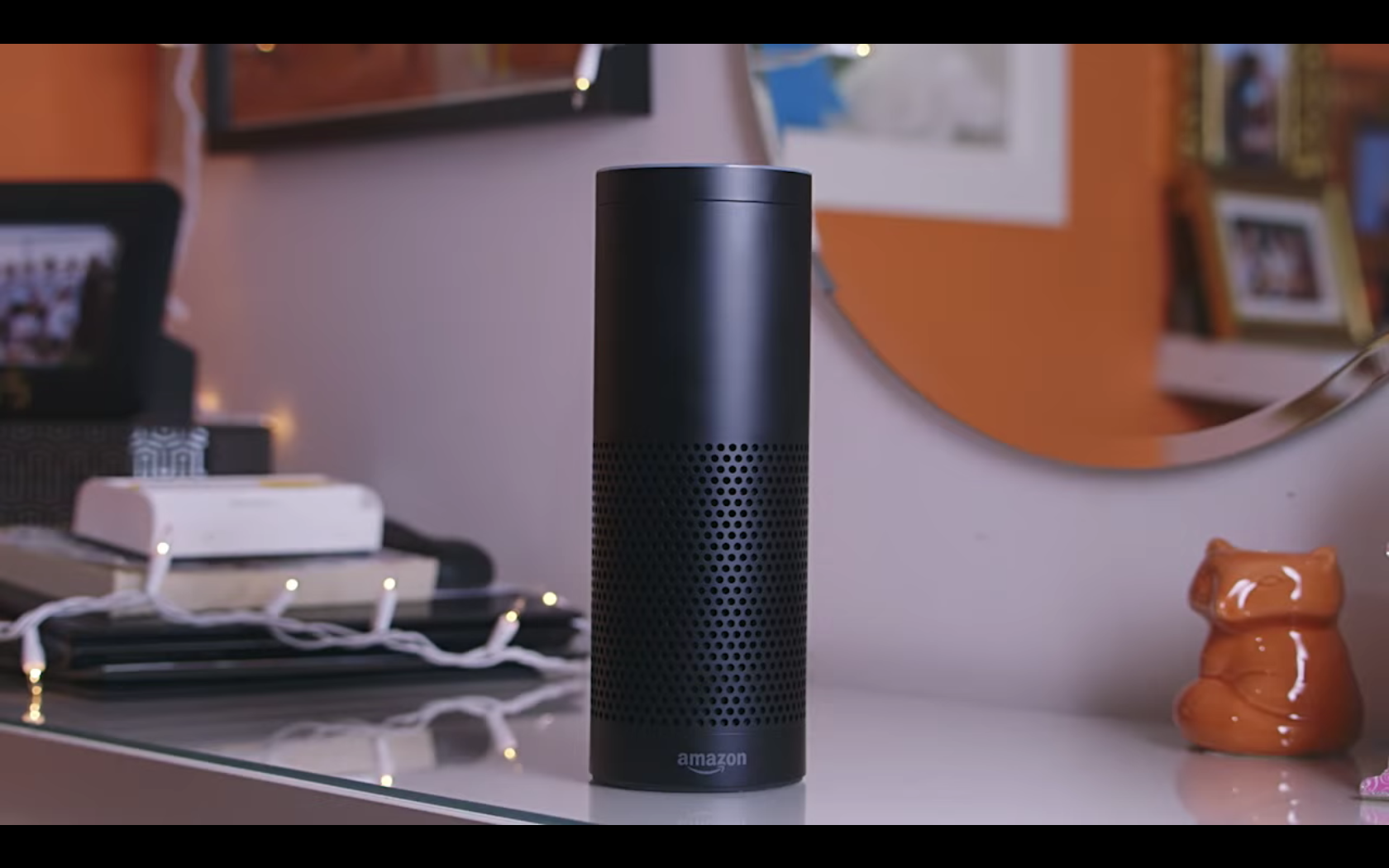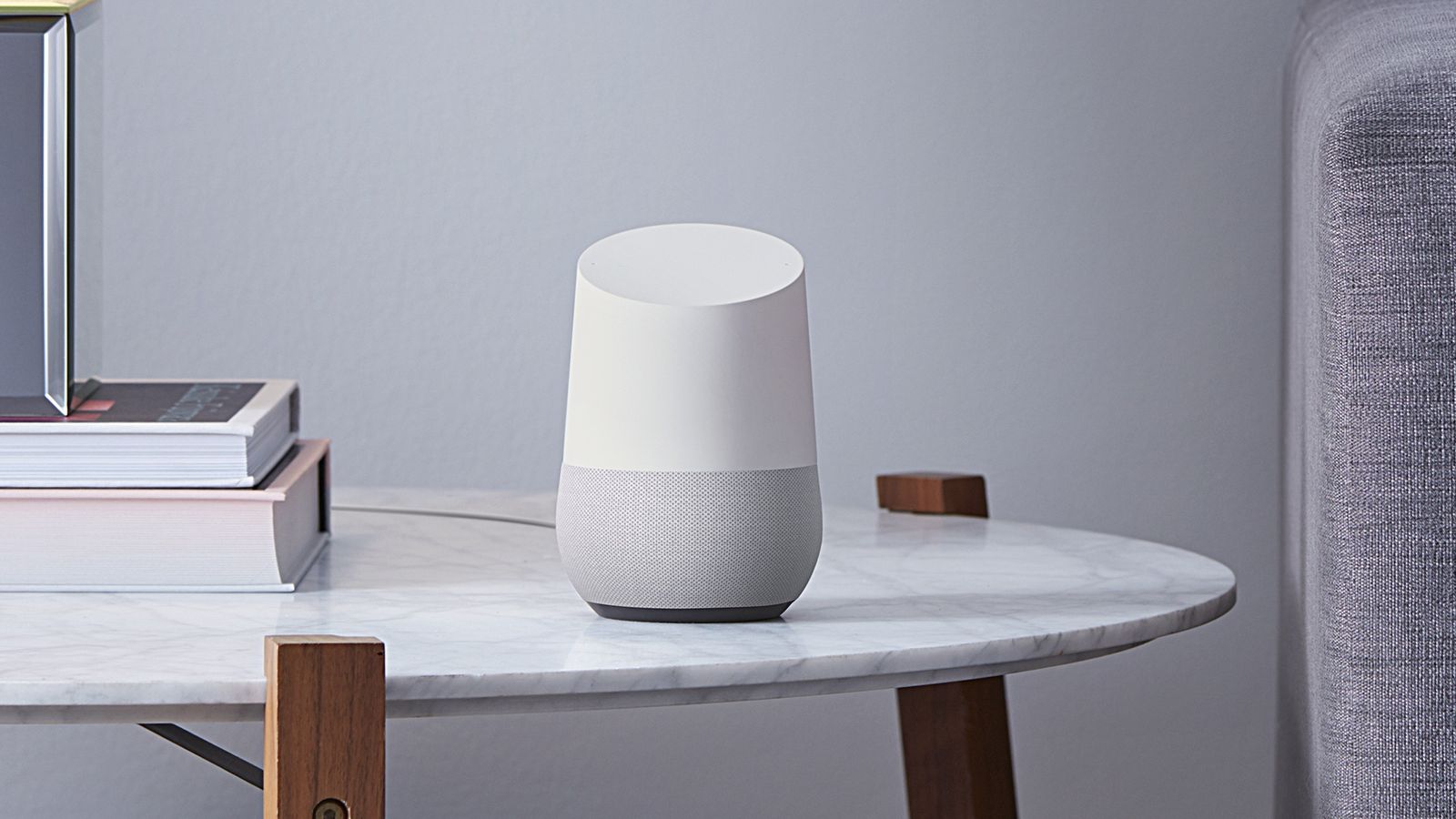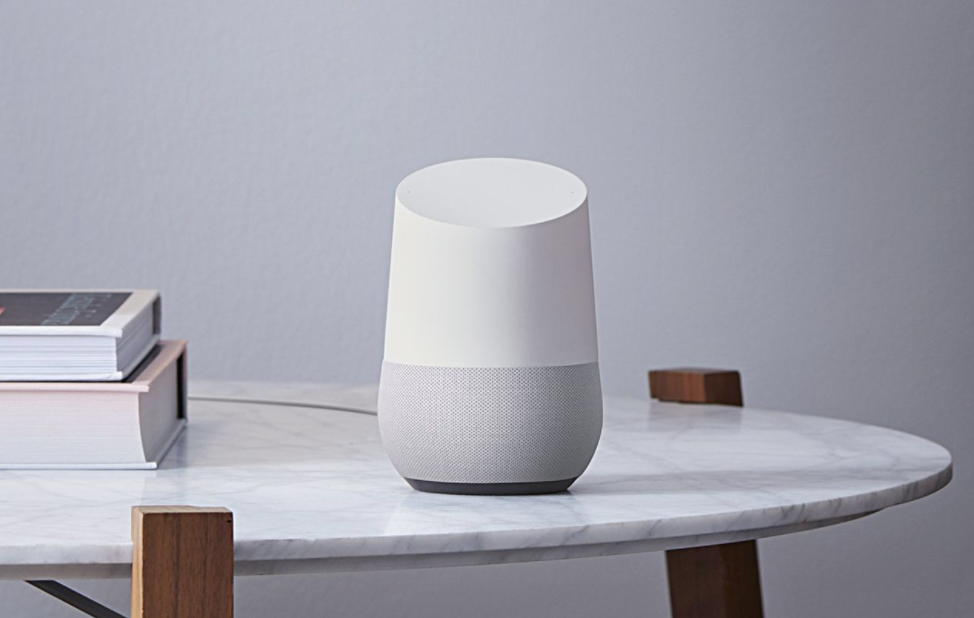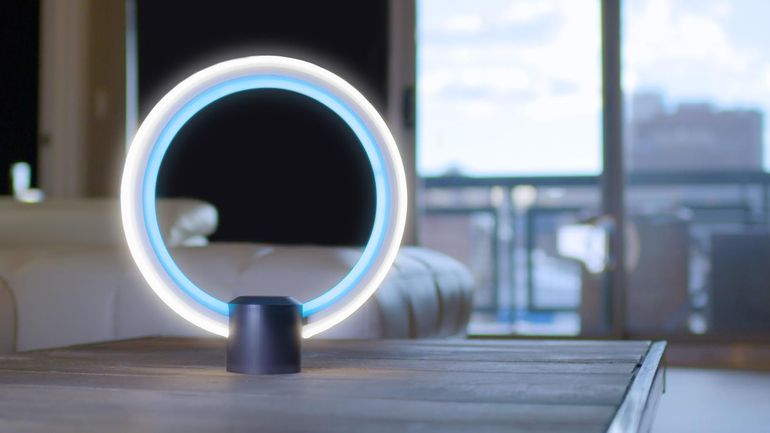This is a special edition of our Fast Forward newsletter, highlighting the major trends we are seeing so far at CES 2017. A fast read for you and a forward for your clients and team.
Welcome to the Lab’s coverage of the 2017 Consumer Electronics ippow. As the biggest global tech gadget trade show, CES draws an increasing amount of exhibitors and attendees every year, setting the stage for this year’s industry trends in consumer tech and offering marketers a glimpse at the future of brand-consumer interactions. As with previous years, The Lab has a team on the ground in Las Vegas scouting the show floors to bring you the most noteworthy discoveries and announcements that marketers need to know.
Amazon’s Alexa Is Everywhere In Smart Home
Taking advantage of Amazon’s recently introduced Alexa Skills Kit, many third-party OEMs, especially those in the smart home space, are integrating Amazon’s beloved digital assistant service Alexa to their devices, granting Amazon a distribution advantage in its battle against rivals like Google Assistant and Microsoft’s Cortana as it proliferates the market with Alexa-enabled devices. A number of companies at CES that have announced products with Alexa integrations, and the notable ones include:
Smart Home And Wearables Diversify And Branch Out
With the voice-assistant services led by Alexa on the rise, we are also seeing continued developments in the smart home device makers continue to diversify their products. Sevenhugs’ new Smart Remote aims to solve the “too many remotes” problem with an adaptable screen that automatically changes interfaces to match the IoT device you’re pointing it to. Similarly, wearable makers are moving away from the fitness-oriented activity trackings and branching out into fashion and pet-care. For instance, Fossil Group is leveraging the assets they obtain from their 2015 acquisition of wearable maker Misfit to power smartwatches for a number of its fashion brands such as Kate Spade, Michael Koors, and Diesel. For pets, there are wearables from Tractive and LinkAKC that go beyond simple location and activity tracking to also let you monitor their wellbeings and help train them.
One particular hot new area of interest for smart home and wearable makers is sleep, evidenced by the first-ever dedicated “sleep tech marketplace” at CES. Vobot unveiled the first Alexa-enabled smart clock that leverages the voice-controlled features to optimize the sleeping experience. Sleep Number is showcasing a new connected bed that can self-adjust to fit your sleeping positions, warm your feet, and to alleviate mild snoring. ZEEQ smart pillow, which first launched on Kickstarter last summer, also brought their sleep-tracking pillow to the show floor. Then there is Motio HW, a smart bracelet designed to monitor sleep apnea, and the Sleep Dot from Acesleep, a small tracker that you put on your pillow to monitor sleep cycles and body movements. In addition, Under Armour is also reportedly set to announce a partnership with IBM’s Watson on a sleep-related product.
Cars Keep Getting Smarter And Better Integrated
Carmakers have been increasing their presence at CES in recent years to showcase their latest innovations in auto tech, and this year is no exception. A number of auto brands are expected to showcase their latest models in the electric and/or self-driving categories, such as the new self-driving, electric concept car that Fiat-Chrysler debuted at its CES event on Tuesday. Electric carmaker Faraday Future also unveiled its first commercial vehicle FF 91, which comes with a massive 1,050 horsepower, a self-parking function, and multiple in-car displays to keep the passengers entertained.
More importantly, we are also seeing many auto brands making strong efforts to integrate their connected car into existing digital ecosystems for a more frictionless user experience outside the car. Hyundai announced a new partnership with Google to add voice control for its cars through Google Home, whereas Nissan hinted at an integration with Microsoft’s Cortana for its new models. Besides leveraging digital voice assistant to bridge smart car with smart home, some are building their own ecosystem. Add in Ford’s Alexa integration announced at last year’s CES, which is now shipping, you’ve got a handful of major automakers ready to let consumers talk to their cars.
What Brands Should Do
Through these three early CES trends that we identified, one common thread emerges – voice-based interfaces are growing prominent, especially on screenless devices such as the IoT smart home devices. Amazon is arguably leading the race of voice-activated personal assistant service with Alexa and its Echo line-up, as the ecommerce giant is estimated to have sold over 9 million Echo devices worldwide over this holiday season, bringing the total number of Echo devices in market to about 14 million. The total number of Alexa-enabled devices, though, is much higher, and is poised to grow considerably after this week’s announcements.
As Amazon continues to push for Alexa’s integration with other smart home providers, the voice-activated assistant is quickly conquering the home space and bringing AI-powered voice-activation to mainstream consumers. This means it is time for brands to start exploring how incorporating conversational interfaces may help improve the customer experience.
For brands that seek to connect with consumers in their homes, the latest developments in smart home and wearable space should come as an encouraging sign that more brand opportunities should arise as the platforms mature. Similarly, connected cars are quickly improving and being integrated into digital ecosystems mostly via voice command, as they set to generate the next growth for consumer media time (a more significant increase in media time, of course, will come with the arrival of self-driving cars, for which all major auto and tech players are now gearing up). As a lot of the smart home devices and cars opt for integrations with voice-activated conversational services such as Alexa, it is becoming more evident than ever that voice-based brand-customer interaction is something that brands have to explore and master with more and more consumers starting to move beyond smartphones and touch screen-based interactions.
How We Can Help
The Lab has extensive experience in building Alexa Skills and chatbots to reach consumers on conversational interfaces. So much so that we’ve built a dedicated conversational practice called Dialogue. The NiroBot we built in collaboration with Ansible for Kia is a good example of how Dialogue can help brands build a conversational customer experience supercharged by our stack of technology partners with best-in-class solutions and an insights engine that extracts business intelligence from conversational data.
If you’d like to learn more about how to effectively reach consumers on voice-based conversational interfaces, or to leverage the Lab’s expertise to take on related client opportunities within the IPG Mediabrands, please contact our Client Services Director Samantha Holland ([email protected]) to schedule a visit to the Lab.
